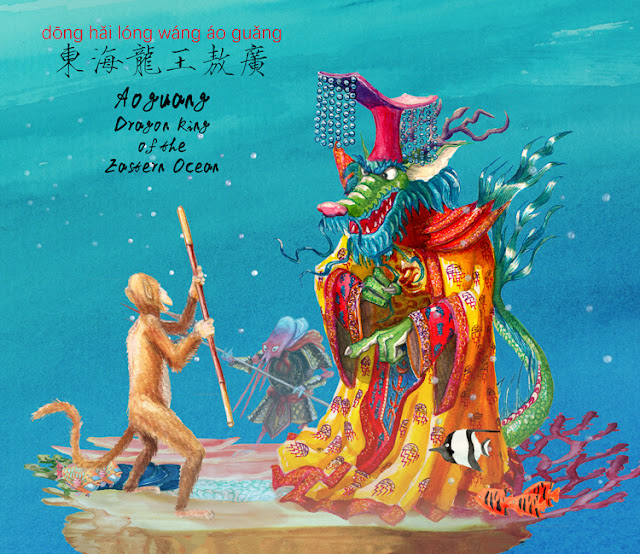Botanical Chinese
Flowers (花 huā) have four main parts: Petals, sepals,
stamens and pistils.
petals 花瓣 huā bàn
are actually coloured, modified leaves that
surround the reproductive part of a flower. All the petals together make up
the:
corolla 花冠 huā guān
‘corolla’
and ‘冠’ both
mean crown.
sepals 萼片 è piàn
protect the outside of a flower when it is in bud,
and act as a support for the petals when in bloom. All the sepals together make
up the:
calyx 花萼huā è
‘calyx’
originally comes from the Greek for ‘bud.’
stamens 雄蕊 xióng ruǐ
the male part of the flower, made up of the:
filament 花絲 huā sī which supports the
anther 花藥 huāyào, the pollen sack.
pistils 雌蕊cí ruǐ
the female part of the flower, made up of the:
stigma 柱頭 zhù tóu, in architecture also means the
top of a column (‘capital’),
style 花柱huā zhù, and
ovary 子房 zǐ fáng, (only in botany, biological
ovaries are 卵巢
luàn cháo)
Other bits:
receptacle 花托 huā tuō, a modified portion of the stem
that bears the flower, could be thought of as the ‘foundations.’
peduncle 總花梗 zōng huā gēng, the stem, the stalk of the
plant that ends in the inflorescence (the fancy name for the flowering part of
a plant, whether that be an individual flower (like a daisy) or multiple
flowers (like a buddleia)).
bract 苞片 bāo piàn, a specialised leaf at the base
of an inflorescence, it has a range of functions depending on the plant, from
protecting the flower to attracting insects.



Comments
Post a Comment